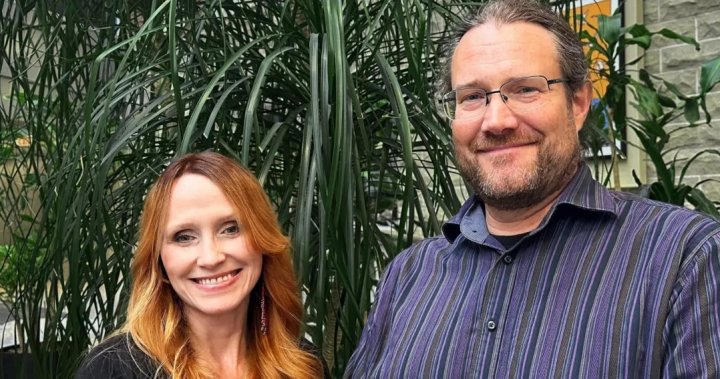The atrium at the Summerlee Science Complex at the University of Guelph is undergoing a transformation to incorporate more Indigenous culture. Renamed to Waasamowin, which means to be bathed in light in the Ojibwe language, the atrium will feature art and design elements that reflect Indigenous traditions and perspectives. Melissa Perrault, a neuroscience professor at the school, along with Ryan Gregory, spearheaded the project after being inspired by Anishinaabe Elder Rene Meshake to rename the space in the name of Indigenization. The 12,000-square-foot shared gathering space mixes glass, stone, and brick with lush foliage and natural daylight under tall ceilings, creating a welcoming and inclusive environment.
During a ceremony on April 10, the atrium was blessed by Meshake, and four original paintings from Indigenous artists were unveiled. Perrault and Gregory worked closely with each artist to allow them to create their own vision of the space, resulting in breathtaking works of art that will permanently adorn the walls of the atrium. Perrault expressed her gratitude and joy at being able to see the art in its intended space, emphasizing the importance of visually representing Indigenous culture in a prominent area of the university.
As a Metis individual, Perrault is committed to promoting Indigenization on campus and creating resources and supports for Indigenous students to ensure they have a welcoming and successful academic experience. The renaming of the atrium is seen as one more step towards achieving this goal, with Perrault hoping that more initiatives will follow. Plans for the space include raising funds to complete other projects, such as a reflection garden around a residential school memorial marker installed outside the Summerlee Science Complex and a grand Indigenous sculpture in front of the school.
The ongoing efforts to incorporate Indigenous culture into the Summerlee Science Complex reflect a broader commitment to reconciliation, understanding, and respect for Indigenous peoples and traditions. Perrault and Gregory’s dedication to this project and collaboration with Indigenous artists demonstrate a genuine desire to celebrate and honor Indigenous voices and perspectives. By transforming the atrium into a space that highlights Indigenous art and culture, the University of Guelph is taking concrete steps towards creating a more inclusive and diverse educational environment.
Overall, the renovation of the atrium at the Summerlee Science Complex represents a significant milestone in the university’s journey towards Indigenization and reconciliation. By infusing Indigenous culture into the physical space of the campus, the university is sending a powerful message of respect, recognition, and celebration of Indigenous knowledge and traditions. The inclusion of Indigenous art and design elements in the atrium not only enhances the aesthetic appeal of the space but also serves as a poignant reminder of the university’s commitment to fostering an inclusive and welcoming environment for all students, staff, and visitors. With plans for further initiatives and projects in the works, the University of Guelph is poised to continue its efforts towards creating a more equitable and culturally rich campus community.


